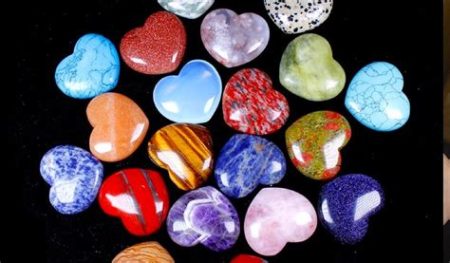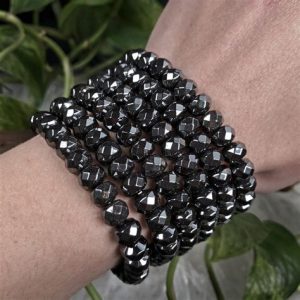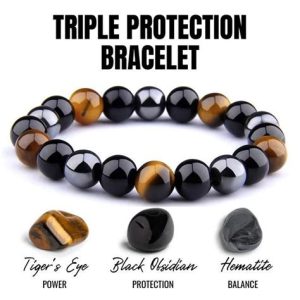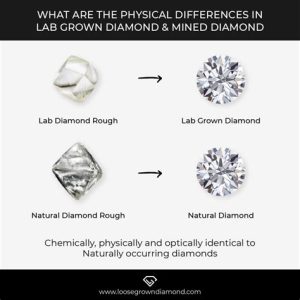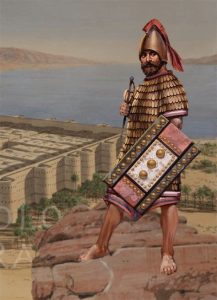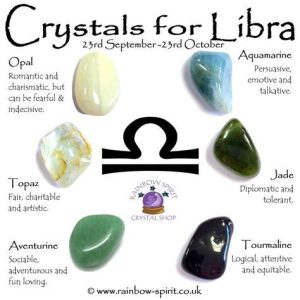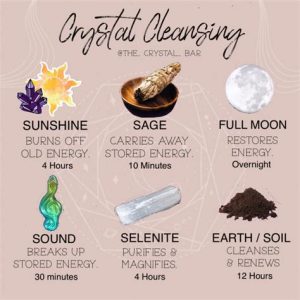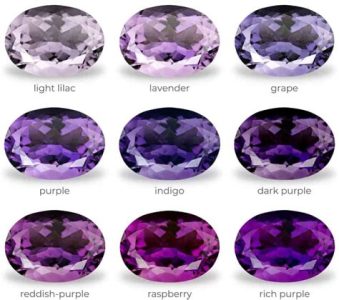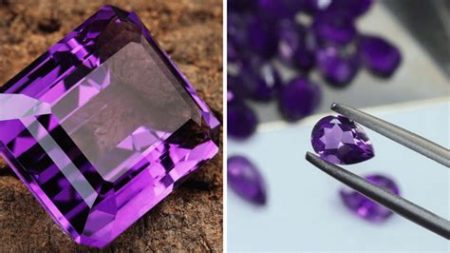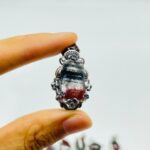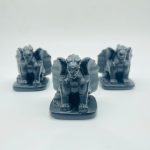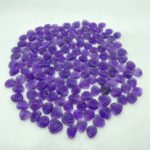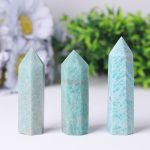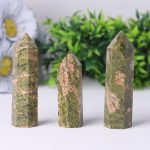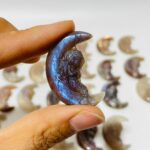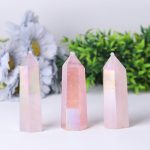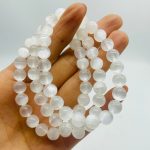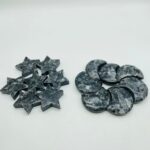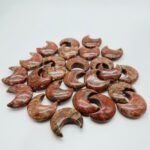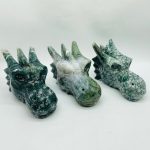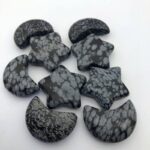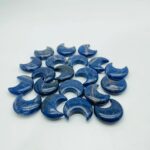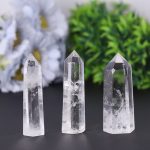Introduction
Chrisocolla is a copper silicate mineral that has been used for centuries as a gemstone and pigment. It is a relatively soft mineral, with a hardness of 2 to 4 on the Mohs scale. Chrisocolla is typically found in shades of blue, green, and turquoise, and it is often associated with copper mines.

Composition and Properties
Chrisocolla is composed of copper, silicon, oxygen, and hydrogen. It is a hydrated copper silicate mineral, and its chemical formula is CuSiO3·2H2O. Chrisocolla is typically found in massive or botryoidal forms, and it can also be found as a coating on other minerals.
Uses
Chrisocolla has been used for a variety of purposes throughout history. It was used as a gemstone by the ancient Egyptians, and it was also used as a pigment in paint and ceramics. Today, chrisocolla is still used as a gemstone, and it is also used in jewelry, decorative objects, and other applications.
Metaphysical Properties
Chrisocolla is said to have a number of metaphysical properties. It is said to be a stone of communication, and it is believed to help people to express themselves more clearly. Chrisocolla is also said to be a stone of peace and tranquility, and it is believed to help people to relax and de-stress.
Pros and Cons
There are a number of pros and cons to using chrisocolla.
Pros:
- Chrisocolla is a beautiful gemstone that is available in a variety of colors.
- Chrisocolla is a relatively soft mineral, which makes it easy to work with.
- Chrisocolla is said to have a number of metaphysical properties.
Cons:
- Chrisocolla is a relatively soft mineral, which makes it susceptible to scratching and damage.
- Chrisocolla can be expensive, especially if it is of high quality.
Comparisons
Chrisocolla is often compared to other blue gemstones, such as turquoise and lapis lazuli.
- Chrisocolla vs. Turquoise: Chrisocolla and turquoise are both blue gemstones, but they have different chemical compositions. Turquoise is a hydrated copper aluminum phosphate mineral, while chrisocolla is a hydrated copper silicate mineral. Turquoise is typically found in shades of blue and green, while chrisocolla is typically found in shades of blue, green, and turquoise. Turquoise is a harder mineral than chrisocolla, with a hardness of 5 to 6 on the Mohs scale.
- Chrisocolla vs. Lapis Lazuli: Chrisocolla and lapis lazuli are both blue gemstones, but they have different chemical compositions. Lapis lazuli is a rock that is composed of lazurite, calcite, and pyrite. Lazurite is a sodium aluminum silicate mineral, and it is the mineral that gives lapis lazuli its blue color. Lapis lazuli is typically found in shades of blue, green, and purple. Lapis lazuli is a harder mineral than chrisocolla, with a hardness of 5 to 6 on the Mohs scale.
Tips and Tricks
Here are a few tips and tricks for using chrisocolla:
- When working with chrisocolla, be sure to use a soft cloth to avoid scratching the mineral.
- Chrisocolla can be cleaned with a mild soap and water solution.
- If you are using chrisocolla for metaphysical purposes, be sure to cleanse the crystal before using it.
FAQs
Here are some of the most frequently asked questions about chrisocolla:
- What is chrisocolla? Chrisocolla is a copper silicate mineral that has been used for centuries as a gemstone and pigment.
- What are the benefits of using chrisocolla? Chrisocolla is said to have a number of metaphysical properties, including the ability to promote communication, peace, and tranquility.
- How can I use chrisocolla? Chrisocolla can be used in a variety of ways, including as a gemstone, in jewelry, and in decorative objects.
- How do I care for chrisocolla? Chrisocolla can be cleaned with a mild soap and water solution. Be sure to use a soft cloth to avoid scratching the mineral.
- Where can I find chrisocolla? Chrisocolla is found in a variety of locations around the world, including the United States, Mexico, and Chile.
Conclusion
Chrisocolla is a beautiful and versatile gemstone that has been used for centuries for a variety of purposes. It is a relatively soft mineral, but it is easy to work with and it is available in a variety of colors. Chrisocolla is said to have a number of metaphysical properties, and it is a popular choice for use in jewelry, decorative objects, and other applications.
Additional Information
Here are some additional resources that you may find helpful:
New Applications
Here is a new application for chrisocolla:
- Chrisocolla as a pigment in paint: Chrisocolla can be used as a pigment in paint to create beautiful shades of blue and green. Chrisocolla pigment is relatively inexpensive, and it is a natural and sustainable alternative to synthetic pigments.

